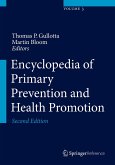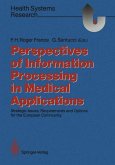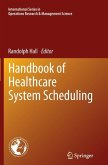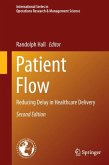This book grew out of an effort to salvage a potentially useful idea for greatly simplifying traditional quantitative risk assessments of the human health consequences of using antibiotics in food animals. In 2001, the United States FDA's Center for Veterinary Medicine (CVM) (FDA-CVM, 2001) published a risk assessment model for potential adverse human health consequences of using a certain class of antibiotics, fluoroquinolones, to treat flocks of chickens with fatal respiratory disease caused by infectious bacteria. CVM's concern was that fluoroquinolones are also used in human medicine, raising the possibility that fluoroquinolone-resistant strains of bacteria selected by use of fluoroquinolones in chickens might infect humans and then prove resistant to treatment with human medicines in the same class of antibiotics, such as ciprofloxacin. As a foundation for its risk assessment model, CVM proposed a dramatically simple approach that skipped many of the steps in traditional risk assessment. The basic idea was to assume that human health risks were directly proportional to some suitably defined exposure metric. In symbols: Risk = K × Exposure, where "Exposure" would be defined in terms of a metric such as total production of chicken contaminated with fluoroquinolone-resistant bacteria that might cause human illnesses, and "Risk" would describe the expected number of cases per year of human illness due to fluoroquinolone-resistant bacterial infections caused by chicken and treated with fluoroquinolones.
From the reviews: "This book grew out of an effort to salvage a potentially useful idea for greatly simplifying traditional quantitative risk assessments of the human health consequences of using antibiotics in food animals. ... It is truly a pioneering study in this previously underdeveloped area of applied risk assessment. This book should be highly instructive to those interested in attempting to model potential human risks of antimicrobial resistance from complex food exposure pathways. ... The book is a tremendous reference resource ... ." (T. Postelnicu, Zentralblatt MATH, Vol. 1095 (21), 2006) "This extensively treated application clarifies health risk analysis methods to the reader. It is very well readable. ... The book clearly demonstrates the practical power of data-driven quantitative risk assessment in improving modeling of human health risks created and prevented by antibiotics ... . I do recommend this book." (V. de Valk, Kwantitatieve Methoden, April, 2007)








